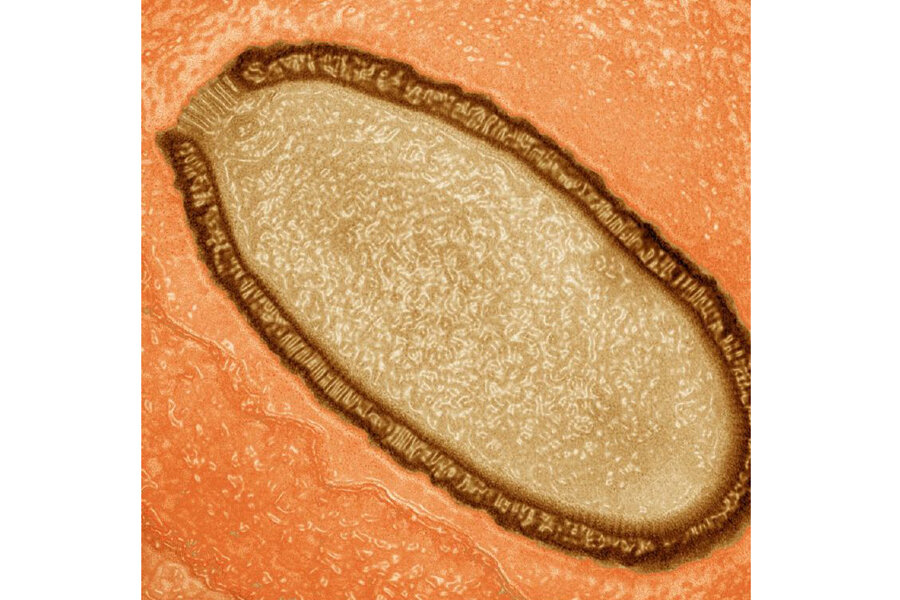Huge, amoeba-infecting virus unleashed from Siberian permafrost
Loading...
Scientists have revived a new type of virus that had been buried in the frigid ground for thirty millenniums.
Frozen for more than 30,000 years, this new type of giant virus called “Pithovirus” has survived under extremely harsh conditions of northeastern Siberia. They are called "giant" because unlike "regular" viruses they can be seen using an optical microscope.
Found about 30 meters below the surface in the permafrost (the permanently frozen layer of soil found in the Arctic regions) region, the virus – 1.5 microns long and 0.5 microns wide – infects only amoebas, according to the international team of researchers who published their findings in a paper titled "Thirty-thousand-year-old distant relative of giant icosahedral DNA viruses with a pandoravirus morphology" in the journal Proceedings of the National Academy of Sciences.
Chantal Abergel of Aix-Marseille University in France, who led the team of researchers, says that the idea of looking for giant viruses crossed her mind when two years ago she learned that a Russian team of scientists had managed to revive an ancient plant species from 30,000-year old permafrost.
Dr. Abergel reasoned that if a plant could be revived, then perhaps viruses could be too. She and her team collaborated with the Russian team, who provided them with a 30,000-year-old sample of permafrost. In the laboratory, the host amoebas' cells were put in contact with the sample. Those host cells that died were later examined, and the presence of a virus was detected, says lead author Matthieu Legendre.
Basically, 12 hours after the virus enters the cell, it starts replicating mostly in the host's cytoplasm, the gel-like substance in the amoeba's interior that lies outside the nucleus. The virus makes about a thousand copies of itself, resulting in the destruction of the amoeba's cell membrane and the release of new viruses.
In addition to improving the understanding of viruses, the "revival of such an ancestral amoeba-infecting virus used as a safe indicator of the possible presence of pathogenic DNA viruses, suggests that the thawing of permafrost either from global warming or industrial exploitation of circumpolar regions might not be exempt from future threats to human or animal health," according to the paper.
The amphora-shaped virus closely resembles Pandoravirus in its morphology, but genome analysis and replication mechanism of Pithovirus goes on to show that it is indeed a very different type of virus. For example – this giant virus is longer than a Pandoravirus and contains far fewer genes that a Pandoravirus .
This new set of giant viruses are so unique that it makes them the very first member of a new virus family, according to a press release by The National Center for Scientific Research.








